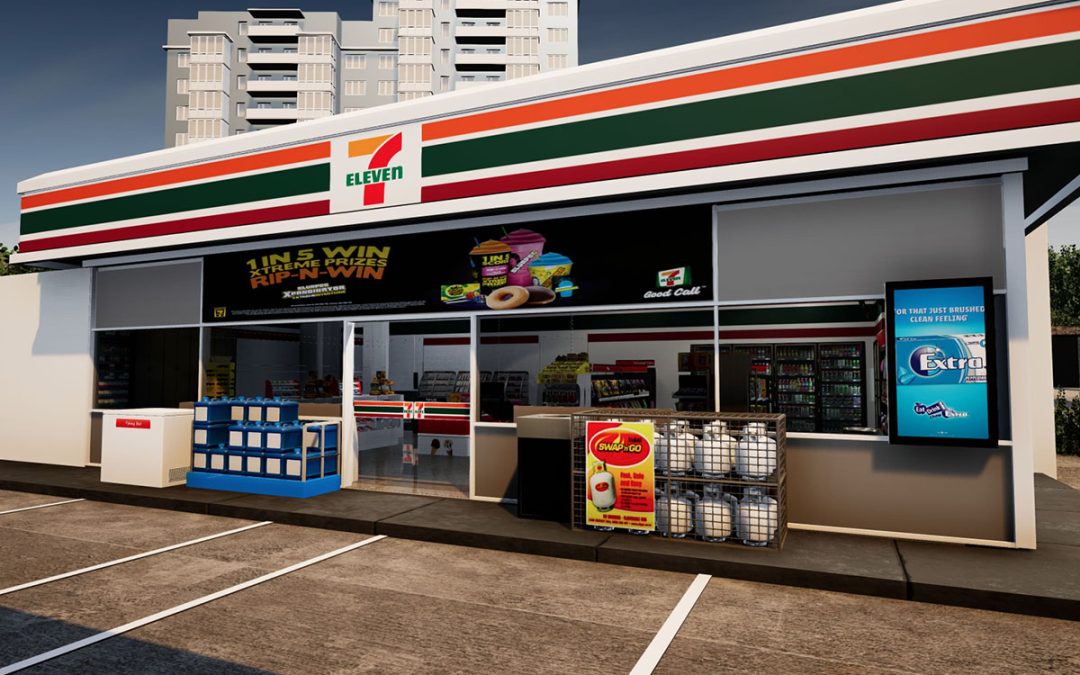Shopper Visibility Testing That Wins Retailer Buy-In
The Challenge of Convincing Retailers
Getting a new display or product launch approved by a retailer can be one of the most difficult tasks a supplier faces. Buyers are under pressure to make decisions that protect category performance and store profitability. They want confidence that any new fixture, packaging or layout will genuinely attract shopper attention and deliver results.
Most supplier presentations rely on marketing arguments, sales forecasts or creative visuals. While persuasive, they rarely show how shoppers actually behave. Retailers know this and often hesitate to commit to new ideas without stronger proof. That hesitation can slow approvals and stall innovation.
StoreLab Research has developed a new way to bridge this gap. Its VR-based shopper visibility testing provides hard evidence of what shoppers notice, how long they engage, and whether that engagement leads to intent to purchase. It transforms supplier presentations from subjective persuasion into objective performance stories backed by data.
Why Retailers Want Proof, Not Promises
Allocating it incorrectly can harm total category sales.
Marketing claims are subjective.
Creative ideas are easy to present but hard to verify.
Store trials take time.
Physical testing is expensive and logistically difficult.
Performance must be proven.
Retailers need evidence that displays benefit both shopper and store.
How VR Shopper Visibility Testing Works
The process includes:
- Virtual shelf simulation. A life-size 3D replica of a retail aisle or display allows controlled testing without disrupting stores.
- Eye-tracking heatmaps. These show exactly where shoppers look first, how their gaze moves, and which areas attract or lose attention.
- Dwell time measurement. Analysts can see how long shoppers focus on specific products or signage.
- System 1 and System 2 analysis. Emotional (automatic) and rational (deliberate) decision-making patterns are measured to reveal true purchase intent.
- Comparative testing. Competing products, designs or display concepts can be tested side by side for clarity and impact.
The result is a set of objective metrics—visibility rate, fixation time, dwell duration, recall and purchase intent—that reflect genuine shopper behaviour. These insights are difficult to dispute and easy to communicate to non-research audiences.
Turning Shopper Data Into Retail Confidence
Visibility testing is most powerful when used as a storytelling tool. Suppliers can use VR findings to visually demonstrate how their concept performs compared with existing displays.
A presentation might show:
- A heatmap of the current shelf highlighting areas of low visibility.
- A simulation comparison showing how the new design increases eye fixation.
- A graph illustrating uplift in purchase intent or recall.
- Video clips of real shoppers interacting with the virtual store.
These visuals are clear and persuasive. They show results rather than describe them. For retail decision-makers, this level of transparency reduces perceived risk and builds trust in the supplier’s approach.
StoreLab’s virtual testing also allows retailers to participate directly in the process. Buyers can view the same virtual environment used in the study, exploring results in real time through StoreLab’s reporting dashboards. This shared experience reinforces confidence that shopper evidence, not salesmanship, is guiding the recommendation.
Real Examples of How Visibility Data Wins Buy-In
New product packaging.
A supplier proposes redesigned packaging for a premium snack range. VR testing reveals the new design increases eye fixation by 35% compared with the old version. The retailer approves the update, confident it will improve category standout.
Display innovation.
A beverage brand develops a secondary endcap display. Shopper tracking shows significantly higher dwell time when the display is positioned near the chilled section. Retailers adjust store guidelines accordingly.
Category redesign.
A retailer considering a full planogram refresh uses StoreLab’s simulations to test different shelf arrangements. Shopper flow improves without reducing any supplier’s visibility, leading to a faster sign-off.
Real Examples of How Visibility Data Wins Buy-In
For Suppliers:
- Credible, third-party evidence that supports proposals.
- Faster approval cycles with fewer rounds of negotiation.
- Greater influence through data-driven storytelling.
- Stronger relationships built on trust and transparency.
For Retailers:
- Reduced risk in approving new concepts or layouts.
- Faster decision-making with visual, objective proof.
- Improved shopper experience supported by tested designs.
- Confidence that changes will drive category growth, not just brand gains.
From Concept to Execution: Closing the Loop
Once a concept is approved, StoreLab’s research continues to deliver value. Insights from virtual testing inform not only the pitch but also the execution plan.
Retailers can use visibility results to refine planograms and ensure compliance during rollout. Suppliers can adapt creative materials and packaging based on proven shopper reactions. The process builds a shared understanding of what success looks like in-store and provides a benchmark for future testing.
Because virtual environments are consistent and repeatable, they can be used to monitor changes over time. Suppliers launching seasonal packaging or new SKUs can quickly validate impact before production. Retailers gain a predictive model for how shoppers will engage with upcoming displays.
Building a Stronger Retailer–Supplier Relationship
Data-driven collaboration strengthens trust between suppliers and retailers. VR research makes both parties equal stakeholders in shopper understanding. Disagreements about visibility or placement are replaced by discussions about how to grow the category together.
Visibility testing also demonstrates a supplier’s professionalism and commitment to shopper-centric innovation. It signals that decisions are based on evidence, not assumption. For retailers managing hundreds of suppliers, that level of accountability stands out.
StoreLab Research has seen growing adoption of this method among major FMCG and retail brands in the Asia-Pacific region. As competitive pressure increases, the ability to prove visibility performance will become a key differentiator for suppliers seeking long-term partnerships.




